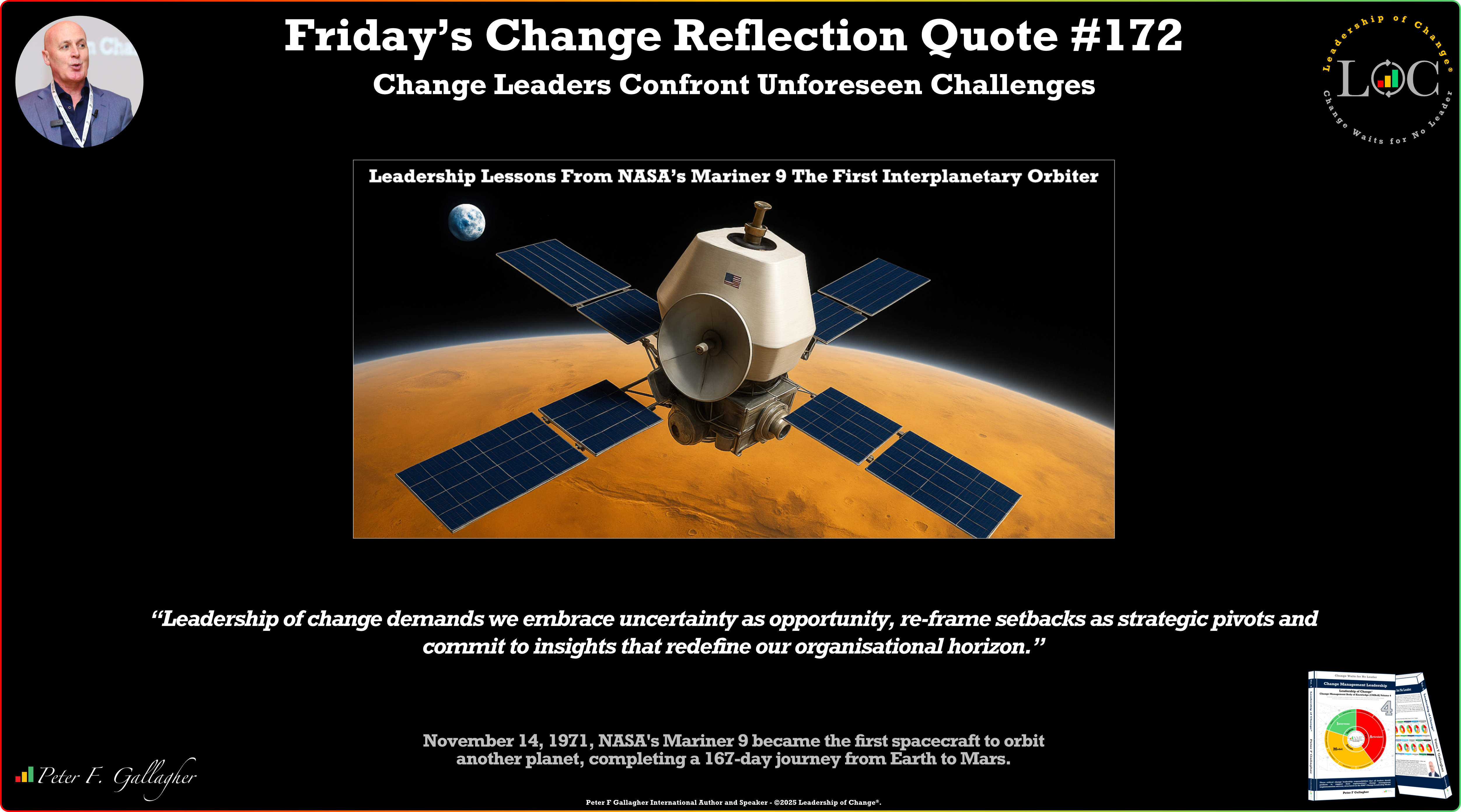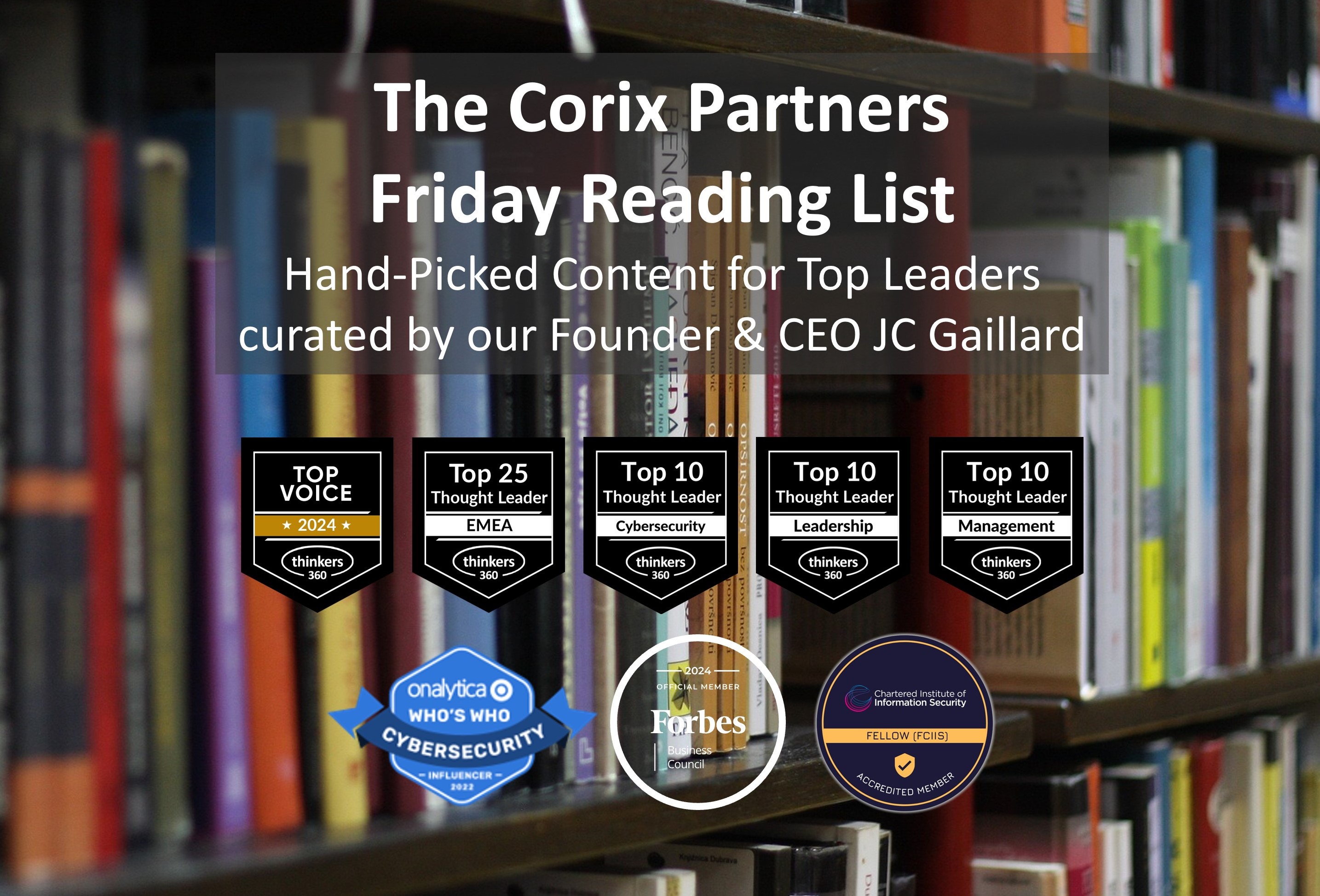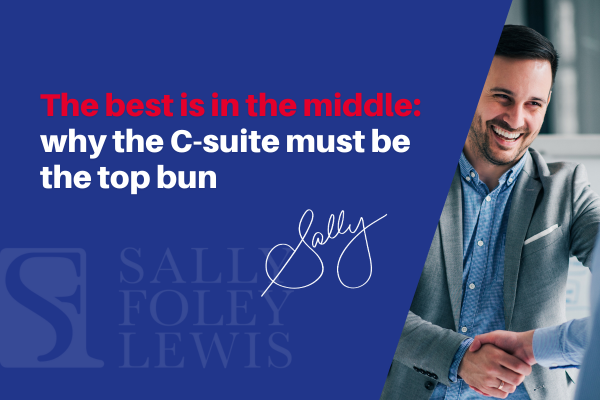Nov09

Once upon a time, in the bustling industrial city of Sheffield, there was a small family-run factory named Clockwork Creations. This factory was known far and wide for its exquisite mechanical clocks, which had been the city’s pride for generations. Yet, as time marched on and the digital age dawned, fewer people appreciated the intricate craftsmanship of mechanical clocks. Sales dwindled, and the factory faced the grim prospect of shutting down.
The owner, an ageing but spirited craftsman named Tobias, was determined not to let his family legacy vanish into the annals of history. He called a meeting with his two children, Elara and Jasper, who had grown up amidst the cogs and gears of the factory floor.
“Our business model,” Tobias said, laying out a large, dusty blueprint on the table, “is like this old clock. It was once the pinnacle of innovation, but now it’s outdated.”
Elara, with a mind as sharp as the tools she wielded, suggested, “Perhaps it’s time for a change. We must innovate to rebuild our business from the inside out.”
Ever the tinkerer, Jasper added, “We need to wind up our thinking and set it ticking in new directions.”
So, the family set out to revamp their business model, using the Business Model Canvas as their guide. They saw the Canvas as a map, each section a cog in their grand machinery of commerce.
Customer Segments: They identified their most loyal customers, the collectors who still valued mechanical artistry, and discovered a new segment in millennials seeking vintage and sustainable products.
Value Propositions: Clockwork Creations had always offered quality, but now they emphasized their products’ sustainability and unique artistry, tapping into the new customer segments’ values.
Channels: Their traditional sales channels were local shops and markets, but Elara suggested going online to reach a broader audience. They built a user-friendly website showcasing the history and craftsmanship behind each clock.
Customer Relationships: The family decided to create more personal bonds with their customers. They started storytelling campaigns on social media, sharing the lore of their clocks and engaging with customers through interactive sessions.
Revenue Streams: Beyond just selling clocks, Jasper proposed offering clock-making workshops and selling DIY kits for those intrigued by the mechanics.
Key Resources: They identified which old tools could be adapted and invested in new precision crafting and online sales management technology.
Key Activities: The key activities shifted from manufacturing to digital marketing and community engagement.
Key Partnerships: They partnered with local artisans to provide unique designs and with tech-savvy youths to boost their online presence.
Cost Structure: The family re-evaluated their costs, cutting down on unprofitable lines and investing in efficient digital advertising.
The transformation was not instant. It required the patience of a clockmaker. But as they implemented their new business model, something remarkable happened. Orders started ticking upwards. The workshops became town events, and the DIY kits for gifts and educational tools were a hit.
News of their innovation spread, and soon, Clockwork Creations was not just a factory but a hub of artistry and learning. They had pivoted from a clock manufacturer to a cultural experience, preserving the art of clockwork for future generations.
The factory’s revival was not just about saving a business; it was about preserving a heritage in the modern world. Tobias, Elara, and Jasper had rewound the gears of their destiny, and as they looked upon the thriving factory floor, they knew their legacy would tick on for generations to come.
And so, Clockwork Creations became a timeless tale of innovation, a fable for businesses teetering on the edge of relevance, showing that with creativity and adaptation, even the oldest of trades could find its place in the new world order.
We help medium-sized businesses innovate and make measurable progress towards their business outcomes so their companies thrive.
Over the years, we’ve used proven Innovation & OKR processes to generate tangible business outcomes in 12 weeks ️ for companies including Roche, IBM and many others.
Stay ahead of the competition. Learn more and contact us now.
By Andrew Constable MBA, XPP, BSMP
Keywords: Business Strategy, Innovation, Leadership
 When One Scanner Fails: Why Resilience Starts at the Smallest Link
When One Scanner Fails: Why Resilience Starts at the Smallest Link Friday’s Change Reflection Quote - Leadership of Change - Change Leaders Confront Unforeseen Challenges
Friday’s Change Reflection Quote - Leadership of Change - Change Leaders Confront Unforeseen Challenges The Corix Partners Friday Reading List - November 14, 2025
The Corix Partners Friday Reading List - November 14, 2025 The best is in the middle: why the C-suite must be the top bun
The best is in the middle: why the C-suite must be the top bun The Philosophical Schism in AI: Language, Causality, and the Divide Between LLMs and World Models
The Philosophical Schism in AI: Language, Causality, and the Divide Between LLMs and World Models